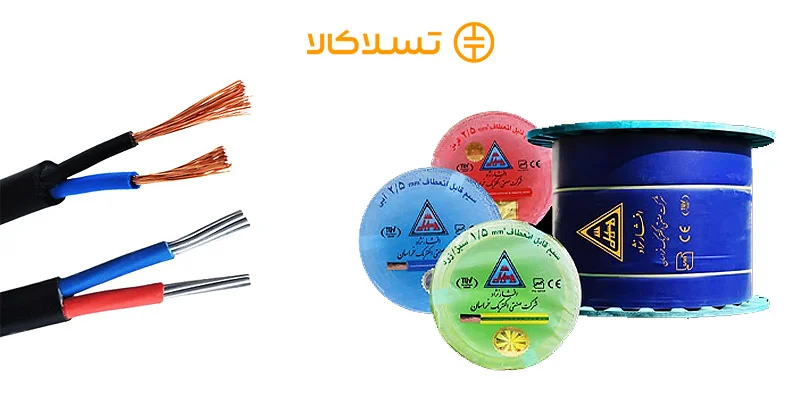Understanding Cable: Types of Cable and Their Importance in Industrial Applications

When it comes to modern technology and infrastructure, few components are as essential yet overlooked as cable. Whether powering homes, enabling communication, or supporting massive machinery in industrial plants, cables are the backbone of electrical and data transmission systems. To better appreciate their role, it’s important to understand the different types of cable and how specialized industrial cable solutions keep industries running smoothly and safely.
What is a Cable?
A cable is essentially a bundle of wires or optical fibers that transmits electrical power or communication signals. These cables are usually insulated and protected by materials like rubber, plastic, or metal sheathing to ensure safe operation. Depending on their design, they can carry electricity, data, or even mechanical force.
While cables may seem like simple connectors, the reality is that every industry relies on specific cable types tailored for their unique needs.
Types of Cable
There are many types of cable, each designed for a specific application. Some of the most common categories include:
1. Power Cables
These are designed to carry electrical power from one point to another. Power cables can range from small-scale household wires to high-voltage cables used in power grids.
2. Control Cables
Control cables transmit signals that monitor and regulate electrical equipment. They are widely used in automation systems, ensuring machinery operates efficiently.
3. Communication Cables
This category includes coaxial cables, fiber optic cables, and twisted pair cables. These are crucial for internet connections, telecommunication, and broadcasting.
4. Instrumentation Cables
These cables carry low-energy signals for measuring and monitoring electrical systems. They are often used in process industries like oil, gas, and chemical plants.
5. Coaxial and Fiber Optic Cables
For data-heavy applications, coaxial and fiber optic cables dominate. Fiber optic cables, in particular, can transmit data at high speed over long distances with minimal loss, making them ideal for communication networks.
6. Industrial Cable
Perhaps the most robust type, industrial cable is designed to withstand harsh conditions such as extreme heat, heavy mechanical stress, oil, chemicals, and even outdoor weathering.
What is Industrial Cable?
Industrial cable refers to specialized cables built for heavy-duty environments like manufacturing plants, oil refineries, mining sites, and energy facilities. Unlike regular household cables, industrial cables are built with enhanced insulation, shielding, and durability. They ensure machinery, robots, and power systems operate reliably without interruptions.
Some features of industrial cables include:
- Heat Resistance – Withstand high operating temperatures.
- Chemical Resistance – Survive exposure to oils, solvents, and corrosive substances.
- Flexibility – Designed for continuous motion in robotics and conveyor systems.
- Durability – Built to resist abrasion, moisture, and crushing forces.
Applications of Industrial Cable
Industrial cables are found in nearly every heavy-duty sector:
- Manufacturing Plants – Powering conveyor belts, motors, and automated systems.
- Oil and Gas Industry – Withstanding harsh outdoor and offshore conditions.
- Construction – Providing reliable power to cranes, drills, and heavy equipment.
- Mining – Durable cables that resist wear in extreme underground conditions.
- Renewable Energy – Cables for wind turbines and solar farms.
Without industrial cables, many industries would face frequent breakdowns, costly downtime, and safety risks.
Choosing the Right Cable
Selecting the right cable depends on factors like voltage requirements, environmental conditions, flexibility, and safety standards. For everyday household needs, simple electrical wiring may suffice, but in factories or energy plants, industrial cable is the only safe and reliable option.
When choosing cables, consider:
- Current capacity
- Operating temperature range
- Level of mechanical stress
- Exposure to chemicals or water
- Compliance with safety regulations
Final Thoughts
Cables may not always be visible, but they are the lifelines of our electrical and communication systems. From the simplest household wiring to the most advanced industrial cable systems, the right choice of cable ensures safety, efficiency, and reliability.
By understanding the different types of cable and their applications, businesses and homeowners alike can make informed decisions that keep their systems running smoothly. In the industrial world especially, using the right cable is not just about performance—it’s about ensuring safety and preventing costly downtime.
- Art
- Causes
- Crafts
- Dance
- Drinks
- Film
- Fitness
- Food
- Giochi
- Gardening
- Health
- Home
- Literature
- Music
- Networking
- Altre informazioni
- Party
- Religion
- Shopping
- Sports
- Theater
- Wellness


